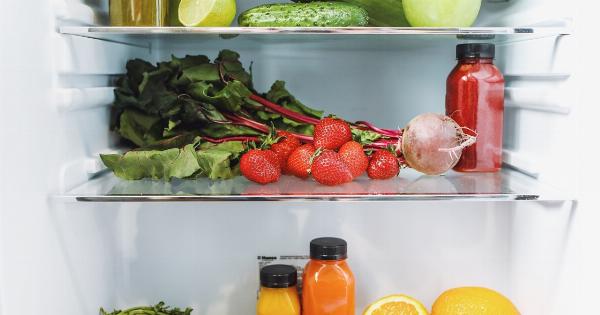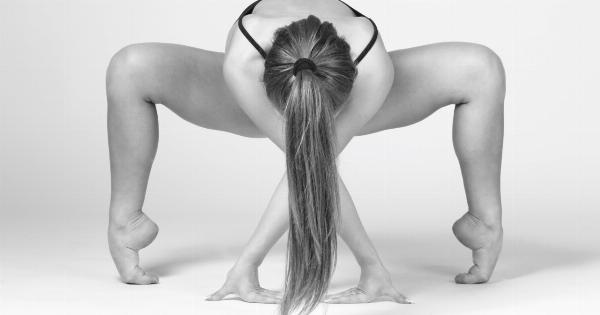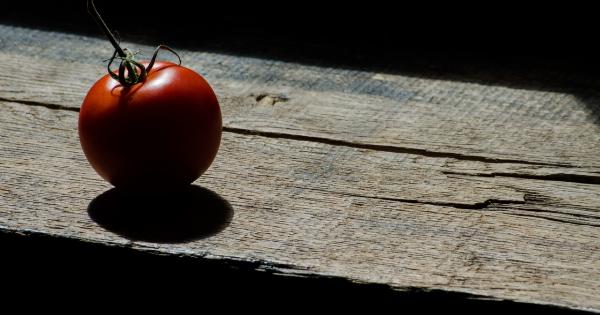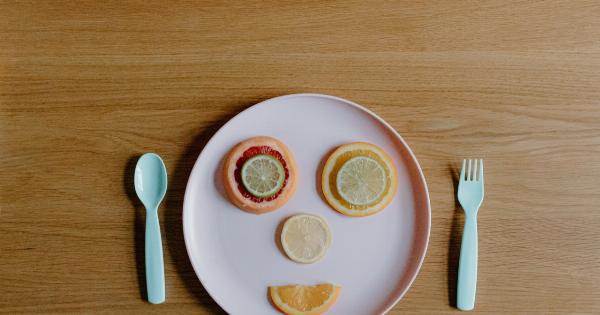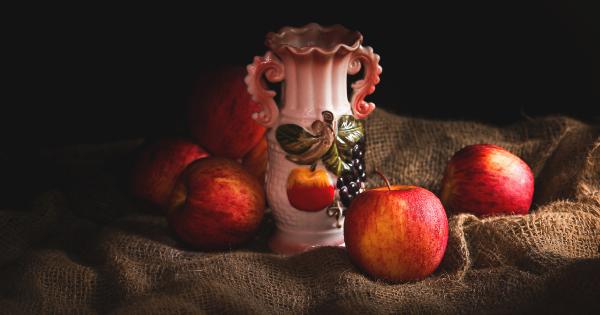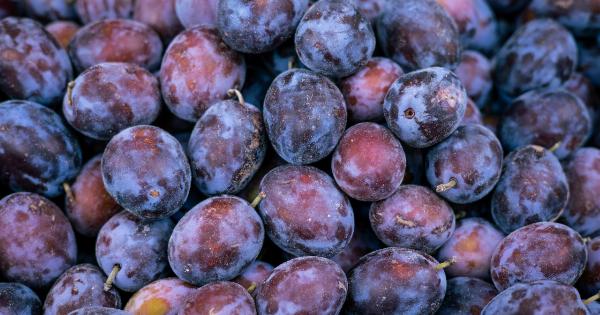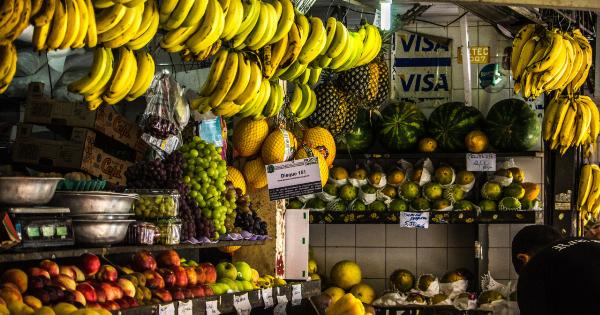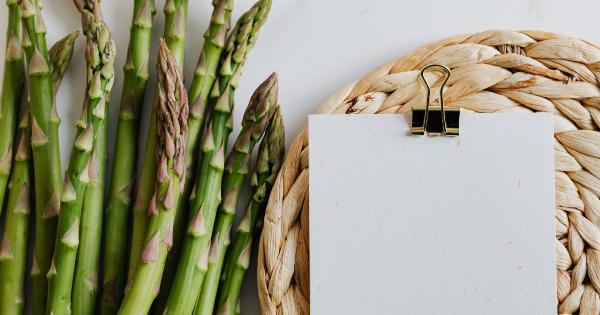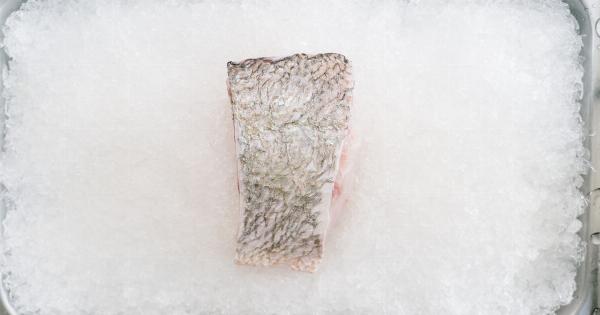Cucumbers are a staple vegetable in many households, prized for their crisp texture and refreshing taste in salads, sandwiches, and more. However, like any perishable item, cucumbers have a limited shelf life.
As they age, they slowly lose their quality and flavor, becoming less desirable for consumption. In this article, we will explore the signs that indicate a cucumber is past its prime, helping you avoid disappointment and food waste.
1. Wrinkled or shriveled skin
A telltale sign that a cucumber is past its prime is when its skin starts to appear wrinkled or shriveled. This occurs as the cucumber loses moisture over time. The lack of moisture causes the cucumber to lose its crispness and become less appealing.
Avoid cucumbers with excessive wrinkling, as they are likely to have a soft, mushy texture.
2. Soft and mushy texture
When you hold a fresh cucumber, it should feel firm and slightly rigid. However, as a cucumber ages, it tends to develop a soft and mushy texture. This change in texture is due to enzymatic activity and water loss.
Squeeze the cucumber gently; if it feels overly soft or squishy, it’s a clear sign that it’s past its prime.
3. Yellow or discolored skin
A healthy cucumber typically sports a vibrant green skin. When a cucumber starts to turn yellow or develops brown spots, it’s a sign that it’s no longer at its peak freshness.
Discoloration can occur due to exposure to sunlight, high temperatures, or prolonged storage. Avoid cucumbers with significant discoloration, as their taste may be compromised.
4. Mold or mushy spots
Mold growth is a clear indication that a cucumber has surpassed its shelf life. Mold can develop on the skin or in mushy spots inside the cucumber, signaling decay and potential health risks.
Inspect your cucumbers carefully, especially near the stem end or any bruises, and discard any cucumbers with mold or obvious soft spots.
5. Bitter taste
While cucumbers are generally known for their mild and refreshing flavor, older cucumbers can often develop a bitter taste. The bitterness can be attributed to the presence of cucurbitacin, a compound that naturally occurs in cucumbers.
As cucumbers age, the levels of cucurbitacin rise, resulting in an undesirable taste. If a cucumber tastes bitter, it’s a clear indication that it’s no longer at its best.
6. Hollow or pitted center
Another sign that a cucumber is past its prime is when its center becomes hollow or develops pits. As cucumbers age, they can lose moisture, causing the flesh to shrink.
This shrinkage can result in the formation of hollow or pitted areas inside the cucumber. Such cucumbers are best avoided, as they may have a compromised texture and potentially less flavor.
7. Strong odor
Fresh cucumbers have a mild and pleasant aroma. On the other hand, cucumbers that are past their prime often emit a strong, unpleasant odor. This foul smell can be an indication of spoilage or bacterial growth.
If you detect a strong odor coming from a cucumber, it’s best to discard it to avoid any potential health risks.
8. Slimy or sticky texture
A cucumber that feels slimy or sticky to the touch is a cucumber best left uneaten. The sliminess is often due to bacterial or fungal growth, which occurs as the cucumber deteriorates.
Bacteria and fungi thrive in moist environments, so when a cucumber loses moisture, it becomes a breeding ground for these microorganisms. Avoid cucumbers exhibiting a slimy or sticky texture.
9. Flattened ends
An easy way to determine if a cucumber is past its prime is by examining its ends. As cucumbers age, they may develop flattened or shriveled ends. This occurs as the cucumber loses moisture, causing it to lose its original shape and firmness.
Cucumbers with flattened or shriveled ends are likely to have a compromised texture and flavor.
10. No snap when bent
A fresh cucumber should have a crisp texture and snap when gently bent. However, with time, as cucumbers lose moisture and become dehydrated, they lose their natural snap.
If a cucumber bends without resistance or breaks easily, it’s an indication that the cucumber is past its prime and likely undesirable to eat.


